After a brief contact during the dynamic national presentation of the model, with the Lagoa de Óbidos as a backdrop, I met again the plug-in hybrid variant of the renewed SEAT Tarraco, called e-HYBRID, this time for a compromise longer lasting, five days.
The first sensations behind the wheel of this SEAT Tarraco e-HYBRID had already been good the first time I drove it and now I have confirmed them again.
And it was almost always the fault of the hybrid system, which despite being our “old acquaintance” — it is in many other Volkswagen Group proposals — continues to exhibit an enviable form. But this Tarraco e-HYBRID is much more than that…
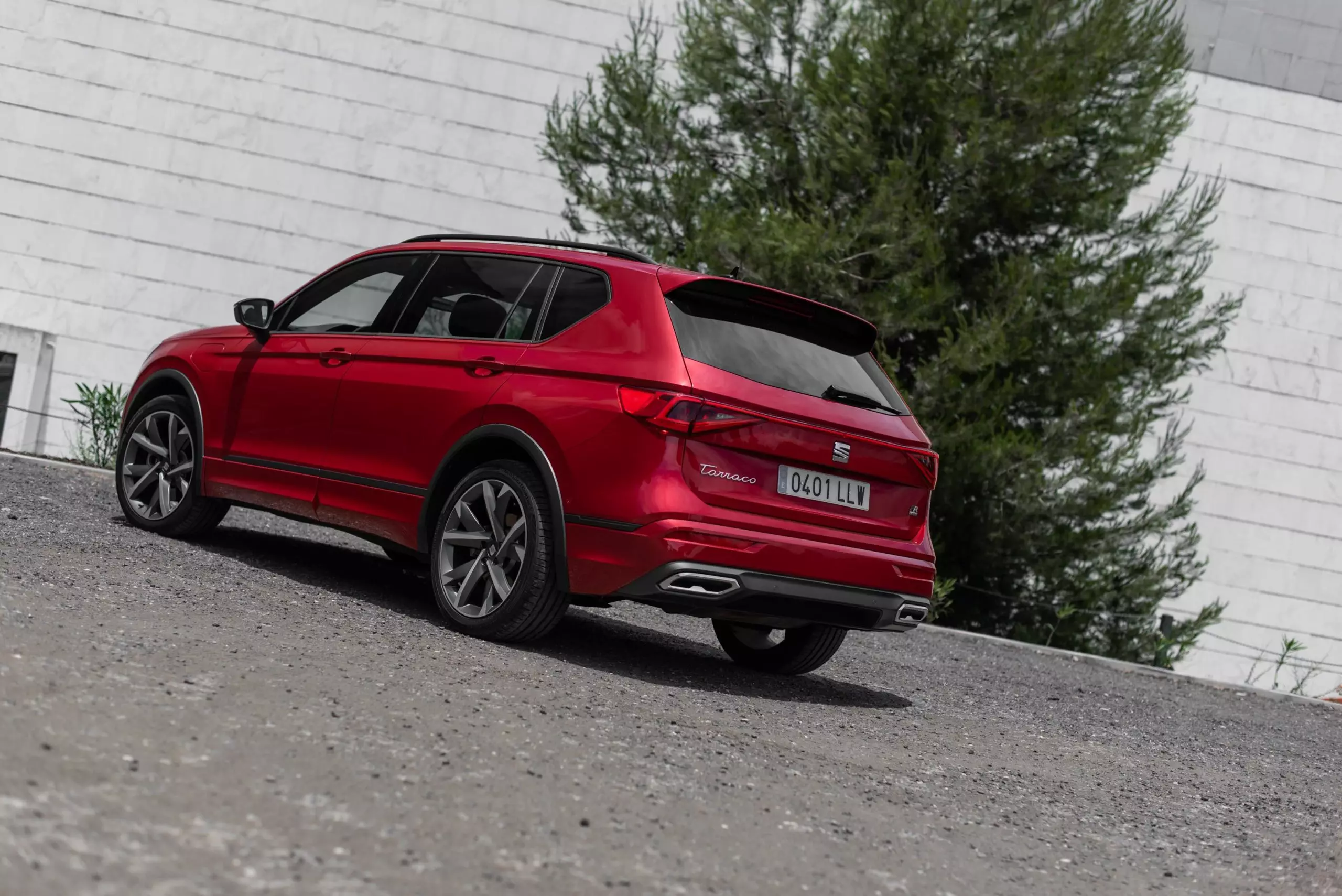
From an aesthetic point of view, the “plug-in” Tarraco is identical to its “brothers” equipped only with a combustion engine.
On the outside, there is only the e-HYBRID legend placed on the rear, the loading door that appears next to the front mudguard, on the driver's side and the model designation, in a handwritten letter style.
And if that's true for the exterior, it's also true for the cabin, whose changes come down to a new design of the gearbox selector and two specific buttons for this version: e-Mode and s-Boost.
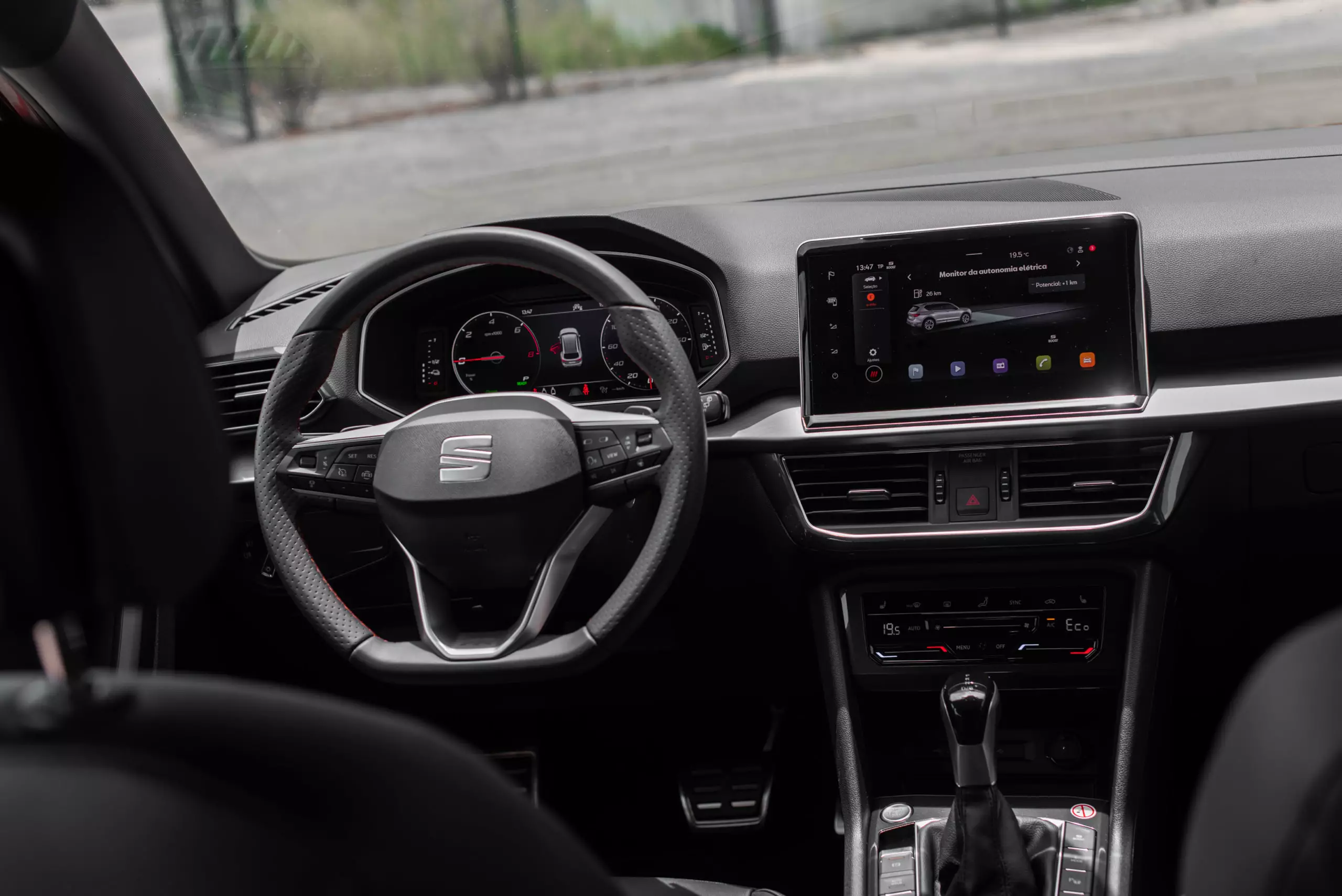
The big news in the interior is the fact that the plug-in hybrid version of the SEAT Tarraco is only available in a five-seat configuration, unlike the variants equipped with an internal combustion engine that can provide up to seven seats.
And the explanation is simple: to “fix” the 13 kWh lithium-ion battery, SEAT used precisely the space occupied by the third row of seats and the spare tire, and even reduced the fuel tank to 45 liters.

The mounting of the battery also made itself felt in the trunk, which saw the volume of load go down from 760 liters (in the 5-seater diesel or petrol versions) to 610 liters.
And since I'm talking about the battery, it's important to say that it powers the 85 kW electric motor (115 hp) associated with the 150 hp 1.4 TSI engine, for a combined maximum power of 245 hp and a maximum torque of 400 Nm , “numbers” that are sent exclusively to the front wheels — there are no all-wheel drive versions — via a six-speed DSG gearbox.
49 km of electric autonomy
Thanks to this, for the Tarraco e-HYBRID, SEAT claims a 100% electric range of up to 49 km (WLTP cycle) and announces CO2 emissions between 37 g/km and 47 g/km and consumption between 1.6 l/100 km and 2.0 l/100 km (WLTP combined cycle).
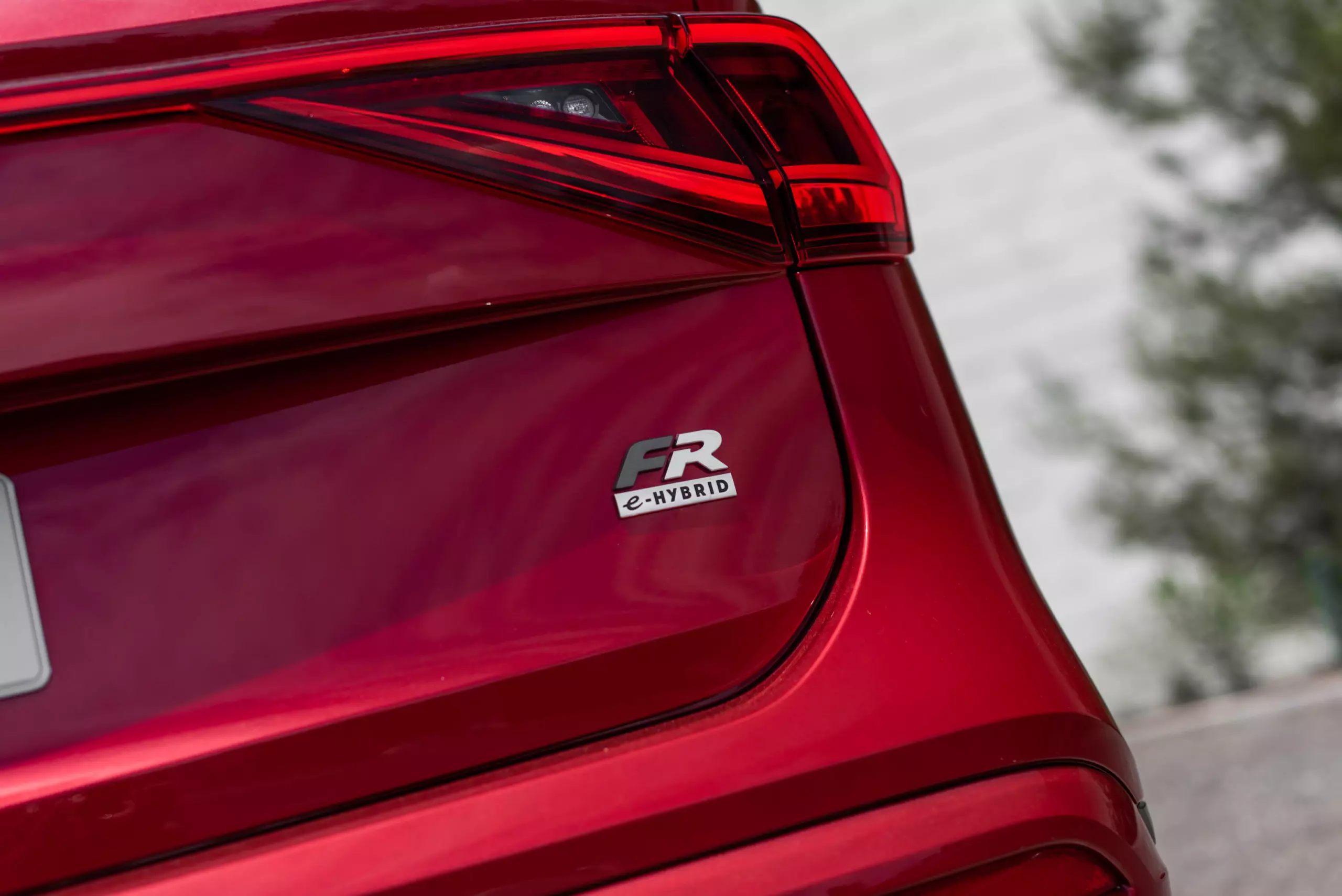
However, this "emission-free" record increases to 53 km in the urban cycle, which allows the Tarraco e-HYBRID to be approved with an autonomy of more than 50 km in electric mode and fits in the levels of tax benefits for companies, which it translates into the complete deduction of VAT and an autonomous tax rate of 10%.
But "bureaucracies" aside, which obviously make this Tarraco more interesting, it is important to say that even on a mostly city route I could not exceed 40 km free of emissions, which is still a small "disappointment" given the numbers announced by the brand Spanish.
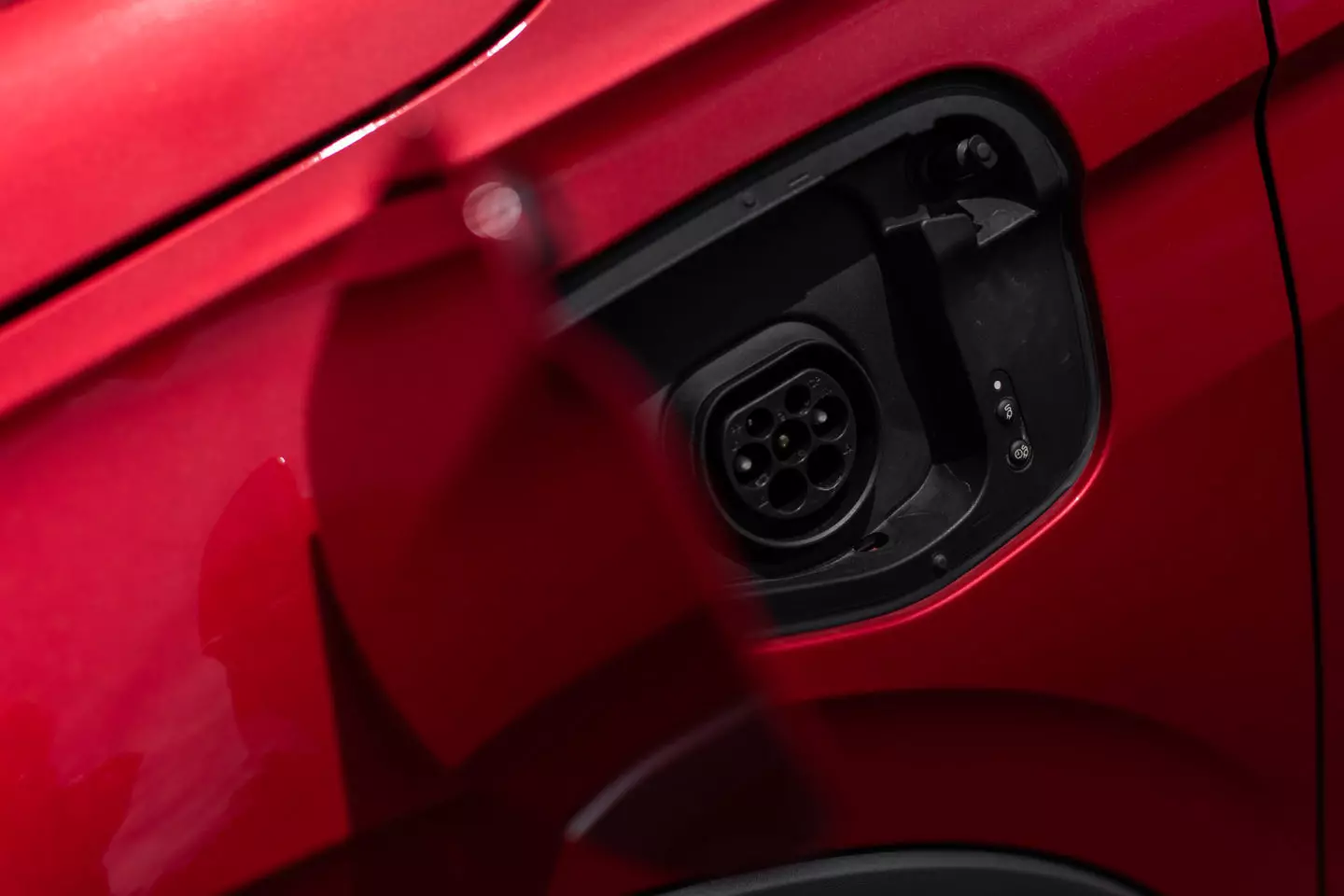
Through a wallbox with 3.6 kWh it is possible to recharge the battery in 3.5 hours. With a 2.3 kW outlet, charging time is just under five hours.
The Tarraco e-HYBRID always starts in 100% electric mode, but when the battery drops below a certain level or if speed exceeds 140 km/h, the Hybrid system automatically kicks in.
Driving in electric mode is always very smooth and even when it doesn't have the help of the heat engine, the electric motor always manages very well with the 1868 kg of this Tarraco.
In cities, to maximize autonomy, we can choose mode B and thus increase the energy generated during decelerations. Even so, the use of brakes is not unnecessary, as the system is much less aggressive than other similar proposals, which (fortunately) does not require any period of getting used to.
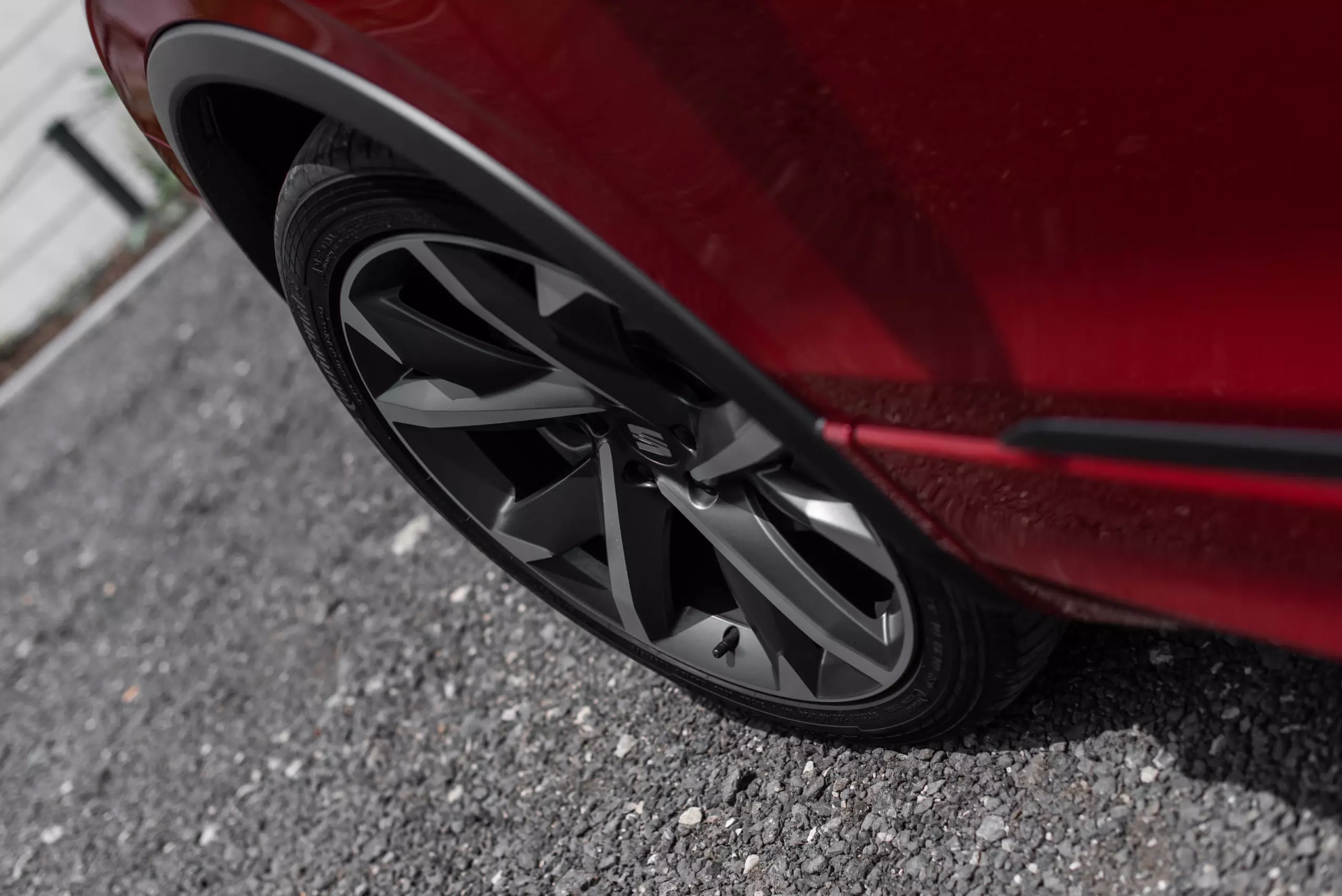
Smooth and spare, even when the battery runs out
But one of the greatest virtues of this Tarraco e-HYBRID is that it manages to be saved even when the battery “runs out”. Here, especially in cities, the ECO mode works wonders and lets us consume less than 5 l/100 km, even with 20” “sidewalk” wheels.Discover your next car
Another point in favor of this Spanish SUV is the fact that the gasoline engine does not make too much noise when it is forced to assume all the expenses, with the battery already flat.
On the highway, where this Tarraco e-HYBRID pays Class 1 at tolls, and without major concerns about "working for the average", I managed consumption around 7 l/100 km, which is a very interesting record for an SUV with this postage.
And here, it is worth noting the composure and comfort that this Tarraco offers us, reminding us that electrification does not undermine the roadside qualities that this model already displayed.
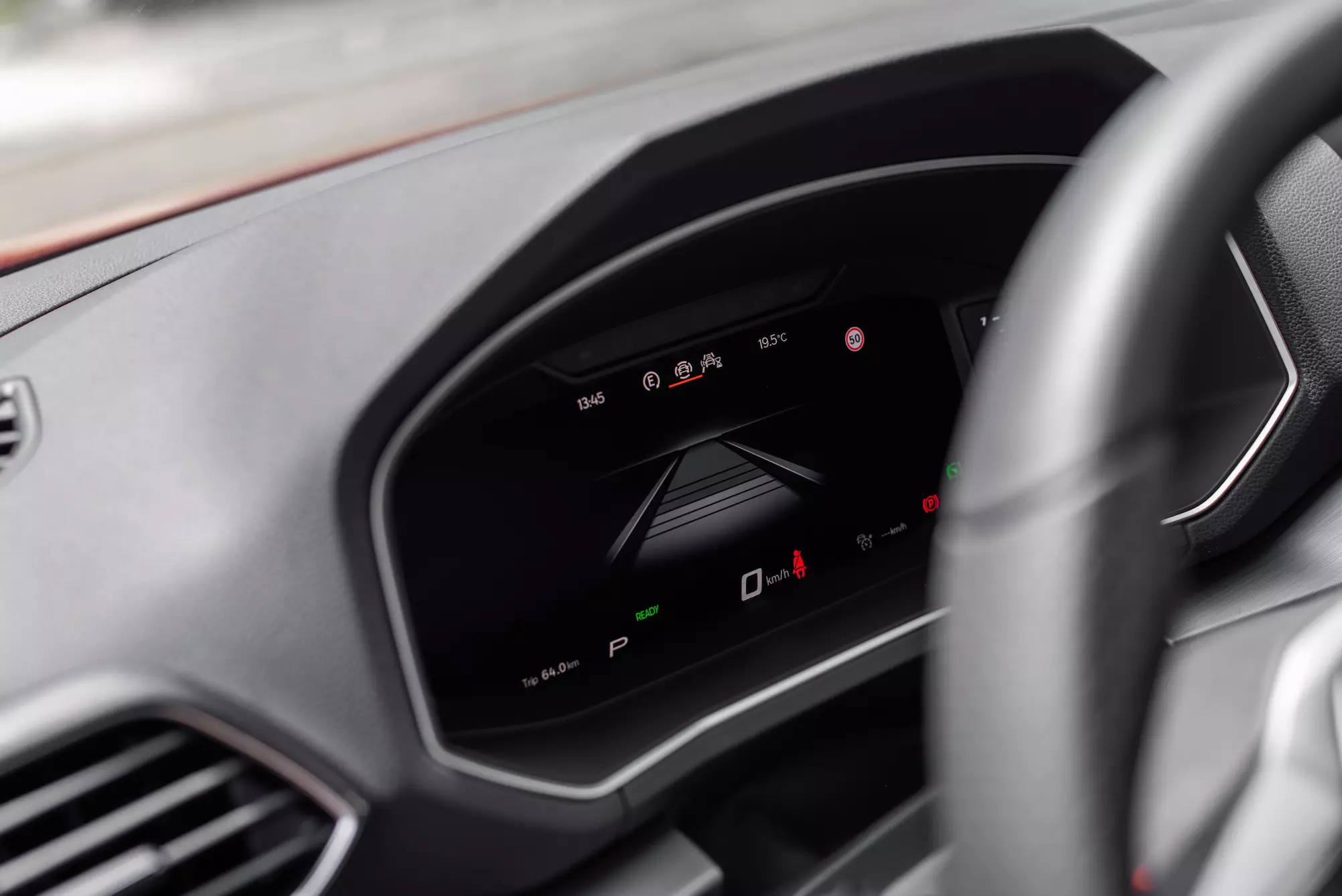
After all, at the end of this test the instrument panel of this Tarraco had an average consumption of 6.1 l/100 km.
sensations behind the wheel
At the wheel of the Tarraco e-HYBRID, the first thing I want to praise is the driving position, which despite being high and typically SUV, is very well matched with the sports seats of the FR version I tested, with the steering wheel and with the Box.
By mounting the electric motor at the front, next to the gearbox and the 1.4 TSI engine, and the lithium-ion battery at the rear, next to the fuel tank, SEAT says it can make this the most balanced Tarraco in the range, and that can feel behind the wheel.
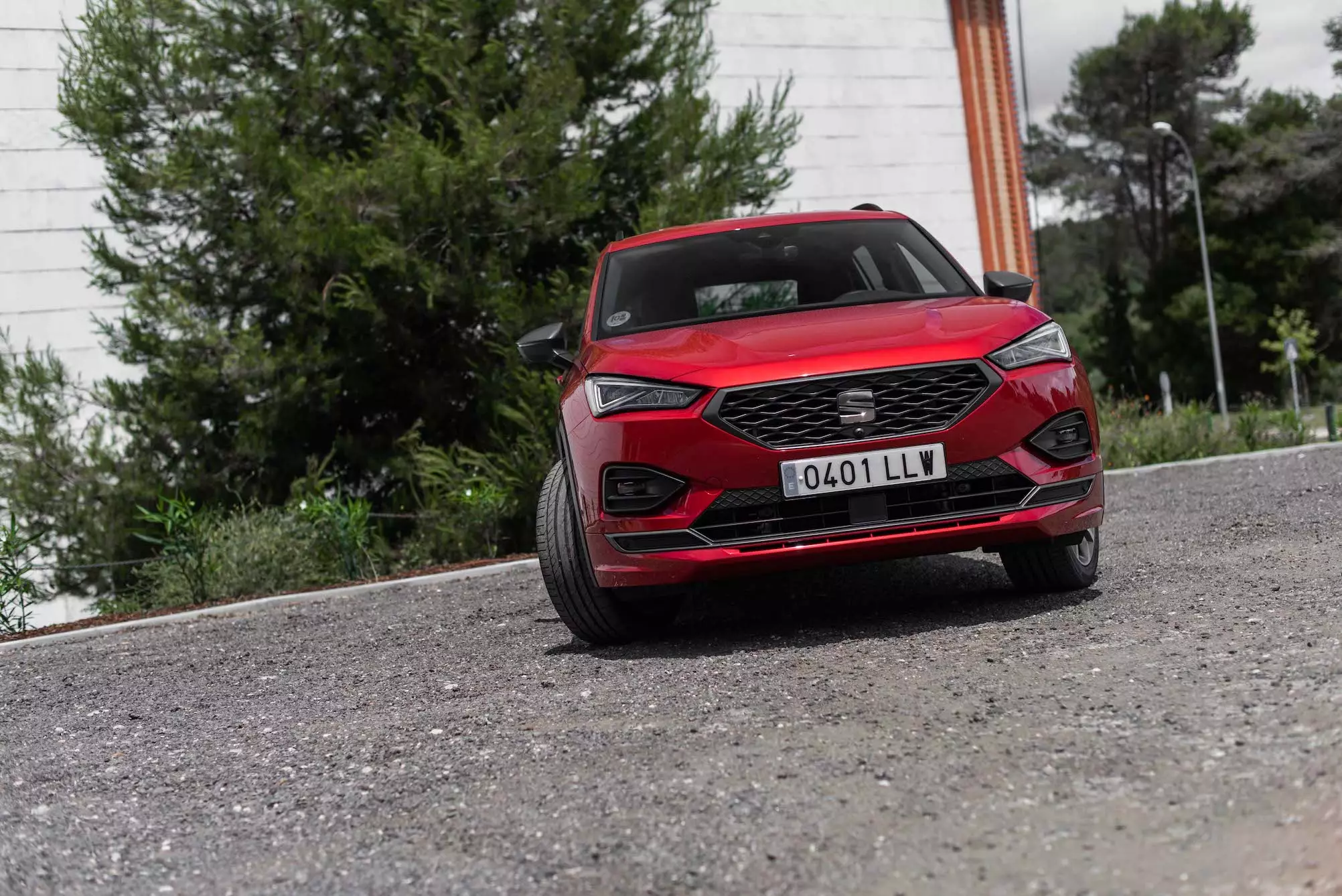
The FR version that I tested had a firmer suspension that showed a very interesting hit on the road, especially when I explored the “firepower” that this SUV has to offer. The steering is very direct and the power delivery is always very predictable and progressive, leaving us always in control of the operations.
However, on floors in worse condition we pay the bill slightly, with the suspension and sports seats sometimes proving too stiff. Let's face it, 20” wheels don't help either.
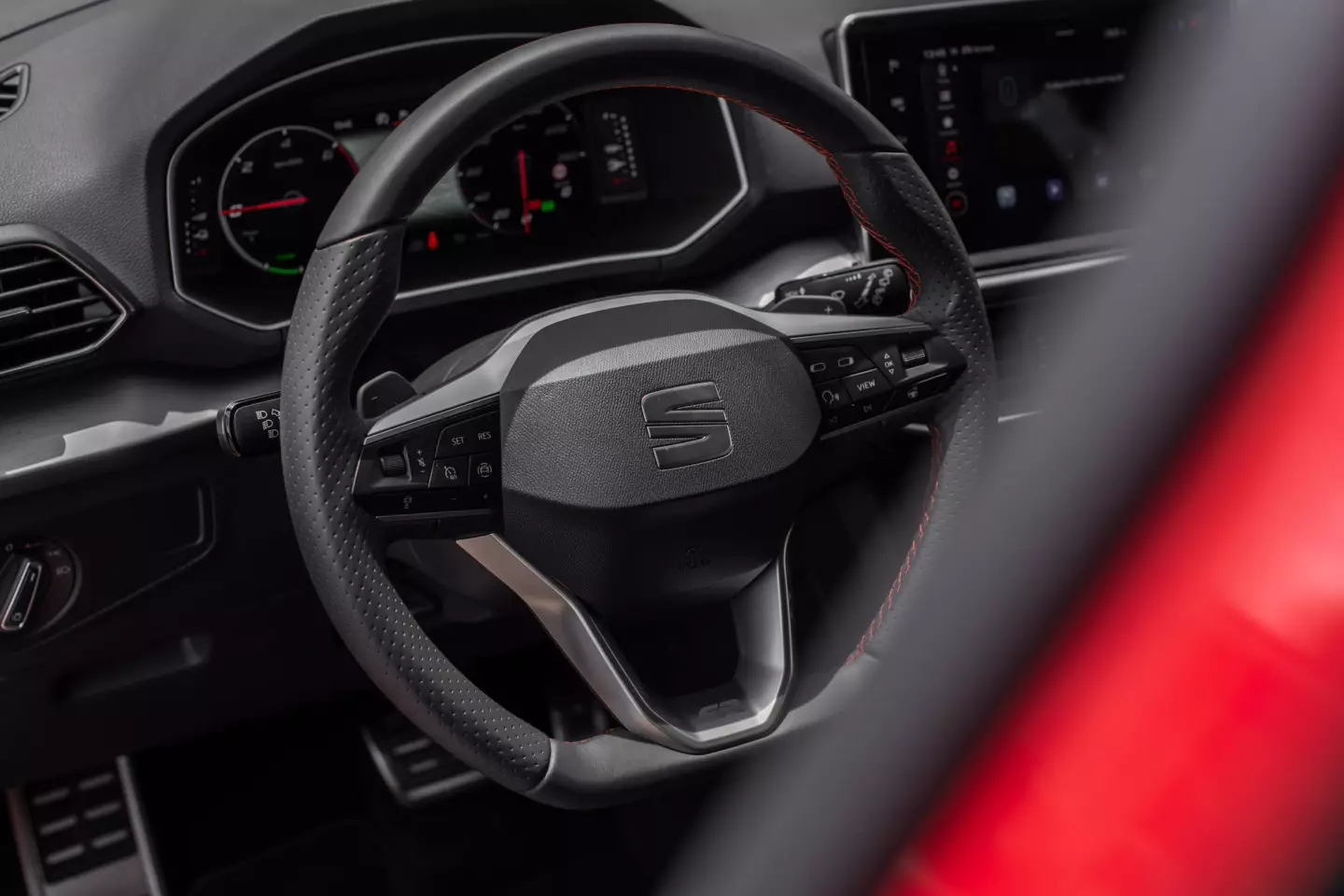
Steering is very direct and the grip on the steering wheel is very comfortable.
But the balance on the road is remarkable, the grip levels are very high and the body roll is well controlled. Only in harder braking could I feel the weight of this SUV.
S-Boost Mode
And if the Tarraco e-HYBRID FR takes good care of itself when we adopt a more exciting ride, it gains even more life when we activate the S-Boost mode. Here, the electrical system is no longer environmentally concerned and is only used to provide a sportier driving experience.
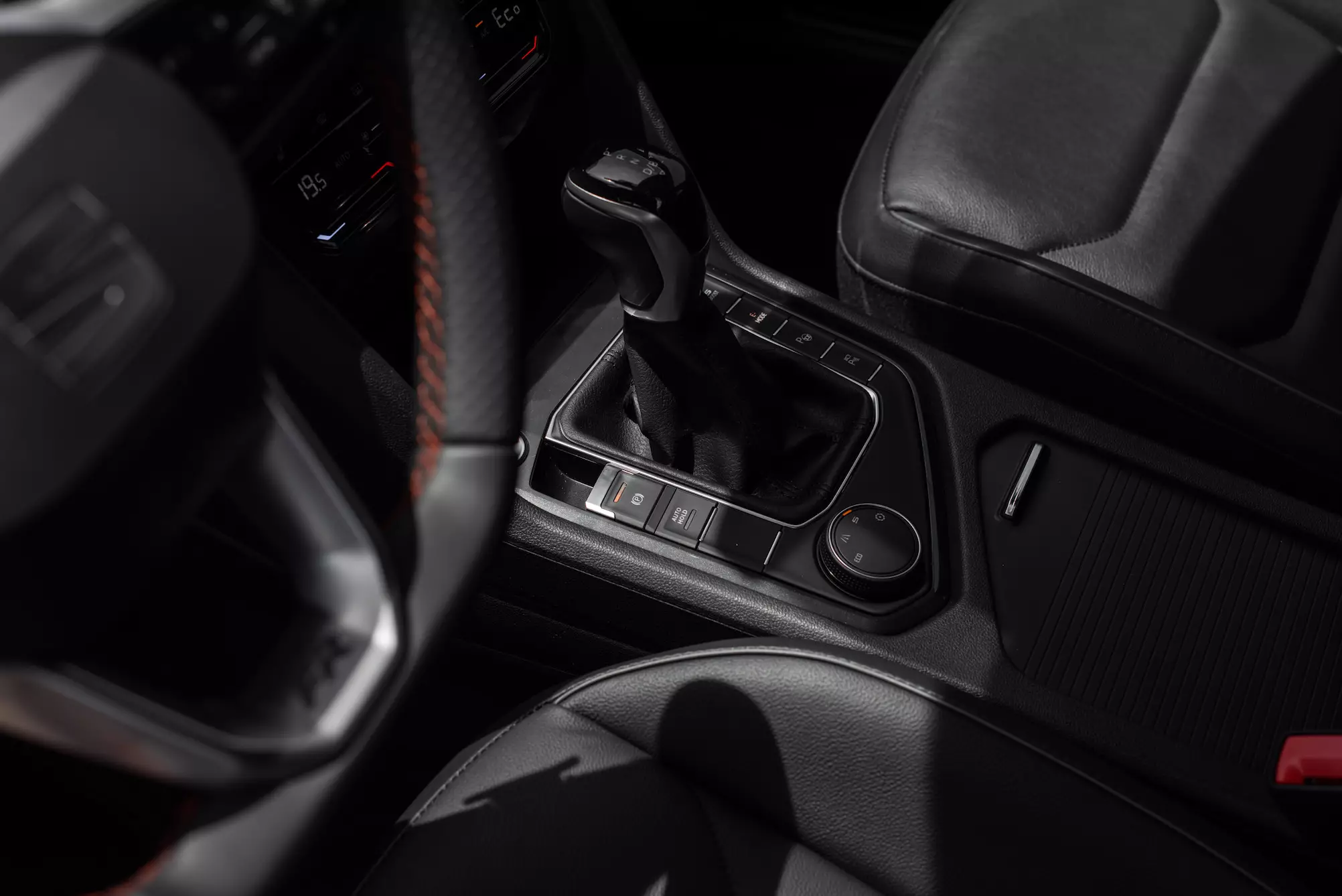
This is where the plug-in hybrid Tarraco is more fun to drive and where we can accelerate from 0 to 100 km/h in 7.4s.
Is it the right car for you?
This new plug-in hybrid engine fits very well with the biggest SEAT SUV, which continues to show itself to be very spacious and with road-going qualities, but here it gains new and good arguments.
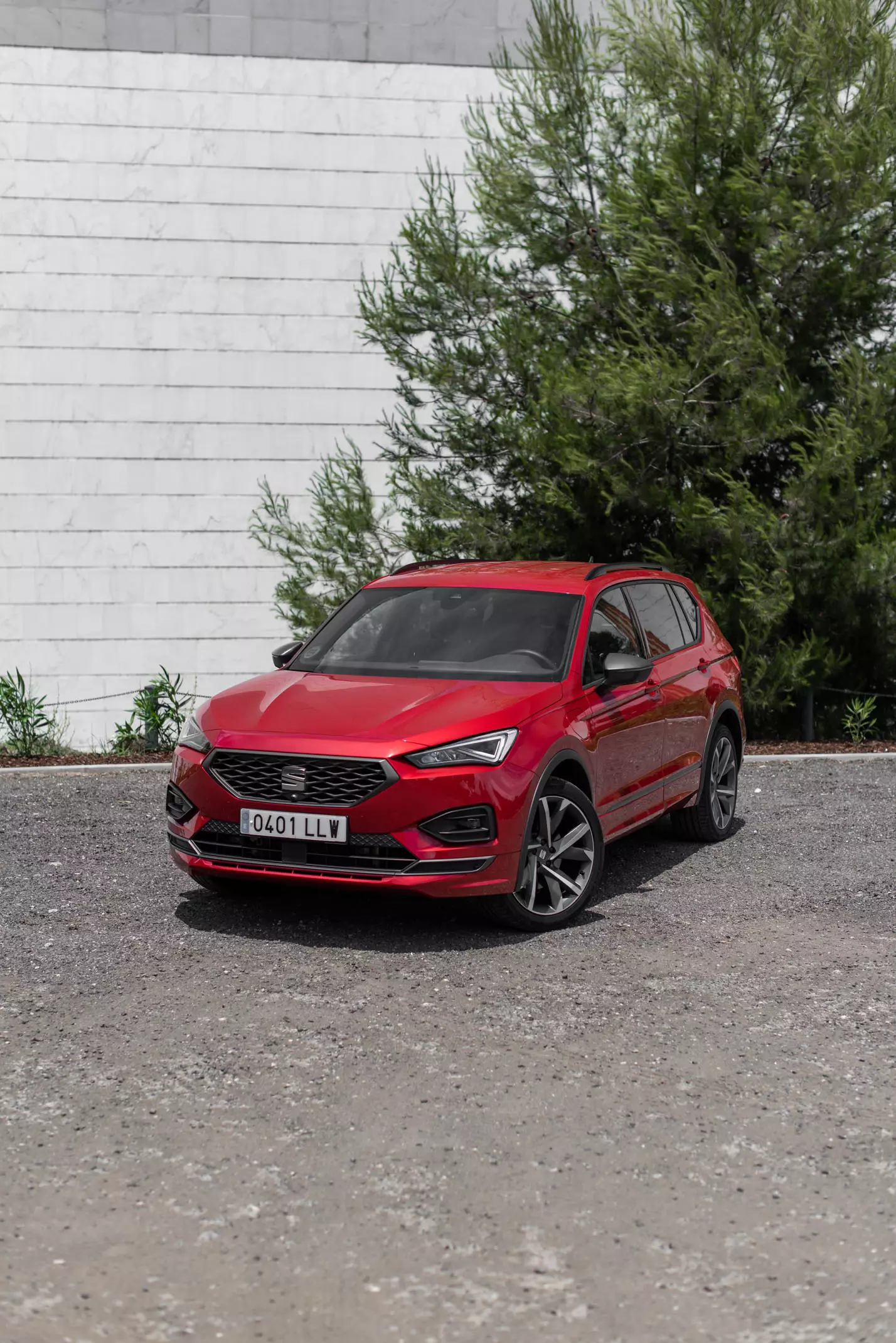
Very versatile, spacious and fun to drive, this SEAT Tarraco e-HYBRID FR is a very competent plug-in hybrid, not least because it shows very little cost when the battery runs out. And we know full well that not all plug-in hybrid customers are able to load them every day.
After all, this plug-in Tarraco promises to be a good option for families with increased ecological concerns whose daily journeys are less than 50 km and, above all, for business customers, able to benefit from the possibility of deducting the entire amount of the VAT (up to a maximum of 50,000 euros, excluding VAT).
